Linalool – the paradox in luxury niche perfume
Fragrance is an invisible promise, a fleeting link between memory and the present. Behind the elegance of every sophisticated niche fragrance , however, lies a precise architecture of molecules. You will encounter one of these more often than almost any other: linalool . It smells bright, floral and spicy, and is found in countless blossoms, herbs and citrus fruits – and yet it repeatedly comes up in discussions about allergies. The wise question is not "Is linalool harmful per se?", but rather: How do we understand the chemical poetry of this building block so that we make calm and informed decisions – when purchasing, storing and wearing it on our skin. This is precisely where this report comes in: factual, friendly, without panic – and with respect for the art of artistic fragrance compositions .
Nature on the skin: Why linalool is so often found in artistic fragrance compositions

Linalool is a terpene alcohol found in well over two hundred plant species: abundantly in lavender, basil, coriander, citrus fruits , and precious rosewood. Its signature: fresh, transparent, with that "lily of the valley brightness" that opens compositions. In modern unisex niche fragrances , linalool lifts the top notes, smooths transitions, and gives floral and aromatic accords a final, natural touch. Whether naturally derived or synthetically produced, both have their place: naturalness brings complexity, while synthesis brings purity, consistency, and often better stability. What matters is not the ideology, but the result on the skin: balance, texture, wearability .
When air makes love – and sometimes trouble: the oxidation paradox

The real issue begins where time, air, light, and heat come into play. Linalool, like limonene, can oxidize . This produces hydroperoxides : highly reactive derivatives that trigger contact allergies significantly more frequently than fresh linalool. Many people are familiar with this phenomenon intuitively: a favorite fragrance smells "darker," edgier, a bit "dusty" after a year. This isn't a moral issue, but a matter of chemistry. The good news: Oxidation is controllable —through careful manufacturing, clever packaging, proper storage , and a little attention at home. For most users, the risk remains low; sensitive skin reacts more quickly, especially with older, frequently opened bottles.
Myth or risk? How relevant is this in everyday life?

Contact allergies to fragrances are rare overall, but are regularly documented in dermatology centers. In patch tests, linalool hydroperoxides produce relatively positive results – albeit in patient groups who already present with eczema. This does not reflect the general population. At the same time, many fragrance lovers report that they hardly react to fresh , well-dosed formulas; problems are more likely to arise with aged bottles, exposure to heat or sun, or when too much is applied in a short period of time. The picture remains nuanced: minimize the risk factor of oxidation , take your own sensitivity seriously – and maintain the enjoyment of fragrance.
More clarity on the shelf: What the EU label really means for you

Transparency is relaxing. In the EU, certain fragrance allergens must be listed by name on the INCI list as soon as they exceed defined thresholds: 0.001% in leave-on products and 0.01% in rinse-off products. Linalool is one of these substances. Furthermore, the EU has recently significantly expanded the allergen list to provide more guidance for sensitive users. For you, this means: reading labels is worthwhile—not out of fear, but for confidence when buying niche perfumes . You can see what's in them, avoid known triggers, and don't have to forgo luxurious niche fragrances altogether.
Behind the scenes: How reputable houses ensure stability
Perfume houses that take their craft seriously work according to strictly defined quality routines. Raw materials susceptible to oxidation are tested using peroxide monitoring ; where appropriate, antioxidants such as tocopherol (vitamin E) or BHT are used. Logistics and packaging are chosen to ensure that products reach you fresh : shorter routes, smaller batches, and clear communication of shelf life. Many niche brands go a step further: they rely on shorter rotations , sensibly sized bottles (30–50 ml as the "sweet spot"), and glass, seals, and spray heads that minimize oxygen penetration. The goal is never "eternal durability," but rather graceful aging and reliable stability over a normal period of use.
More than just smell: The psychology behind molecules

Fragrances are never just beautiful—they do something for us. Certain components have been linked to moods for years. Nerol from orange blossom often represents calm and a friendly brightness; linalool (found in lavender, among other things) is associated with inner order; Iso E Super conveys a clean, woody clarity to many—like "more space" around the body. When formulas are precisely constructed and fresh , you feel these effects more clearly. This is where the niche shines: It bridges the gap between knowledge and value , from molecular craftsmanship to tangible presence in everyday life.
Suitable for everyday use, not academic: how to use fragrance in a relaxed way
Serenity begins before the first spray. Store bottles in a cool , dark place , close them tightly, and avoid windowsills and radiators. Observe the color, odor, and "mouth" of the spray: If a familiar scent suddenly seems darker, sharper, or "dustier," it may have aged. Those with high sensitivity should apply it to clothing rather than skin, or choose travel sizes that wear out faster. If you experience redness or itching, pause—and consult a dermatologist with a patch test that specifically considers hydroperoxides and linalool . The goal is precision , not omission.
The perfume life of a bottle – from the first spray to the last drop

Every bottle has a curve. In the first few months, a fragrance often feels fresher and "higher." Over time, it rounds out; with proper storage, the signature remains true. Signs that a fragrance is broader than it should be: strong color changes, sharp top notes that immediately "fray," a dull base that wasn't there before. Those who love valuable niche fragrances can save a lot with small gestures: don't heat it up, don't put it in the bathroom, keep the lid closed, keep the box safe—and yes, use it instead of hoarding it. Fragrance is made for the skin, not to sit on a shelf forever.
Formulation & Architecture: why some fragrances appear more “stable”
Stability is not an accident, but an architecture. Citrus top notes age faster, while woods, resins, and musk structures often age more quietly. An artistic fragrance composition distributes risk wisely: a bright opening, a stable heart, a base that doesn't overwhelm but supports. Brands that take stability seriously work with lean yet robust structures – less sugar, more texture , less "effect," more line . The result is luxurious niche perfume that doesn't have to be loud to be present .
Sensitive? How to choose smarter – three practical scenarios
1. Office & Train: You need peace, not clouds. Choose bright citrus/green profiles in the morning, check how you feel after four hours, and complement them with skin-tight musk silhouettes in the evening.
2. Creative days: A touch of Iso E Super or a modern vetiver brings focus without pressure – structure instead of sweetness.
3. Cozy Evenings: A gently spiced vanilla with a clean wooden base soothes without stickiness; for very sensitive skin, spray on the inside of your sweater rather than on your skin.
Common to all scenarios: fine dosage (1-2 sprays), ritual (always the same time/place) and observation (how does it feel after 30/120/240 minutes?).
Labeling is not a horror – it is your tool
If linalool is on the label, it simply means that it exceeds the legal threshold and is transparently disclosed. Combined with the expanded allergen list, this increases your freedom of choice: You can avoid known triggers while still enjoying modern, unisex niche fragrances . Transparency takes the pressure off—and brings joy back.
Evidence without drama: What research really suggests
Scientific evidence classifies fresh linalool as weakly to barely sensitizing . The key issue is oxidation products : They show significant positive rates in test series – especially in already sensitive individuals. At the same time, everyday reactions to fresh , reasonably dosed formulas are significantly less common than patch tests would suggest. Two truths, one result: risk management instead of myth – and a relaxed, informed approach to fragrance.
What we do at scent amor – from molecules to consulting

At scent amor, we focus on clean supply chains , fresh produce , and sensible container sizes . We store our products in cool, dark places, communicate honestly about shelf life, and offer advice without jargon: If you have sensitive skin, we'll guide you to formulas with a light, airy texture—a clear structure instead of a sugary heaviness. We explain when travel-sized fragrances make sense, how to care for your signature , and how to recognize when a fragrance has aged . Our goal isn't dogma, but your comfort —wearable niche fragrances that work in everyday life and shine in the evening light.
Linalool in the bigger picture: Why the topic remains so present
Linalool is popular because it works : It makes fragrances open, friendly, and "breathable." At the same time, it represents a larger debate: transparency , compatibility , and sustainability . We believe that the more you know, the more relaxed your choices will be—and the more enjoyable the experience will be on your skin. Niche perfume is not a mystery, but a conscious experience: choosing, wearing, observing, adapting.
Short & heartfelt: the conclusion
Linalool isn't a "bad guy," but a versatile, natural fragrance component. Allergy concerns arise primarily from oxidation —that is, aging after exposure to air. The EU is creating more transparency through labeling , the industry is keeping oxidation in check with standards and antioxidants —and you can relax yourself through storage, dosage, and conscious testing. This way, fragrance remains what it's meant to be: joy , presence , and—when chosen correctly— inner balance .
We will help you choose a suitable niche perfume for you.

Fancy a gentle fragrance journey? We'll help you put together a sample selection : bright citrus/green profiles for daytime, close-to-the-skin musk silhouettes for evening, carefully formulated vanilla or woody accords that offer warmth without being heavy. Test consciously over several days, note the effect and dosage, and share your impressions – together we'll refine your signature .
Feel free to share your experience in the comments below: Which fragrances do you tolerate best, and what storage tips have helped you? Your feedback will help others find their niche perfume companion more quickly.
Sources (selection, summary)
Scientific Committee on Consumer Safety (SCCS) assessments of fragrance allergens, including linalool/hydroperoxides.
EU cosmetics legislation including updated allergen labelling (including Regulation (EU) 2023/1545) with threshold values for leave-on/rinse-off.
IFRA guidelines on the handling of oxidation-sensitive fragrances, peroxide control, and the use of appropriate antioxidants.
Dermatological literature on patch tests with “hydroperoxides of linalool”, prevalence in eczema populations and classification of everyday relevance.
Copyright by scent amor © 2025 (grw)
More articles in the scent news blog:

An Invisible Path to the Soul: Fragrances for Inner Balance
Niche perfume can steady your inner balance with bright citrus, focused woods, and skin-close musk. Learn why the limbic system reacts so fast to scent. Simple rituals and mindful layering turn fra...
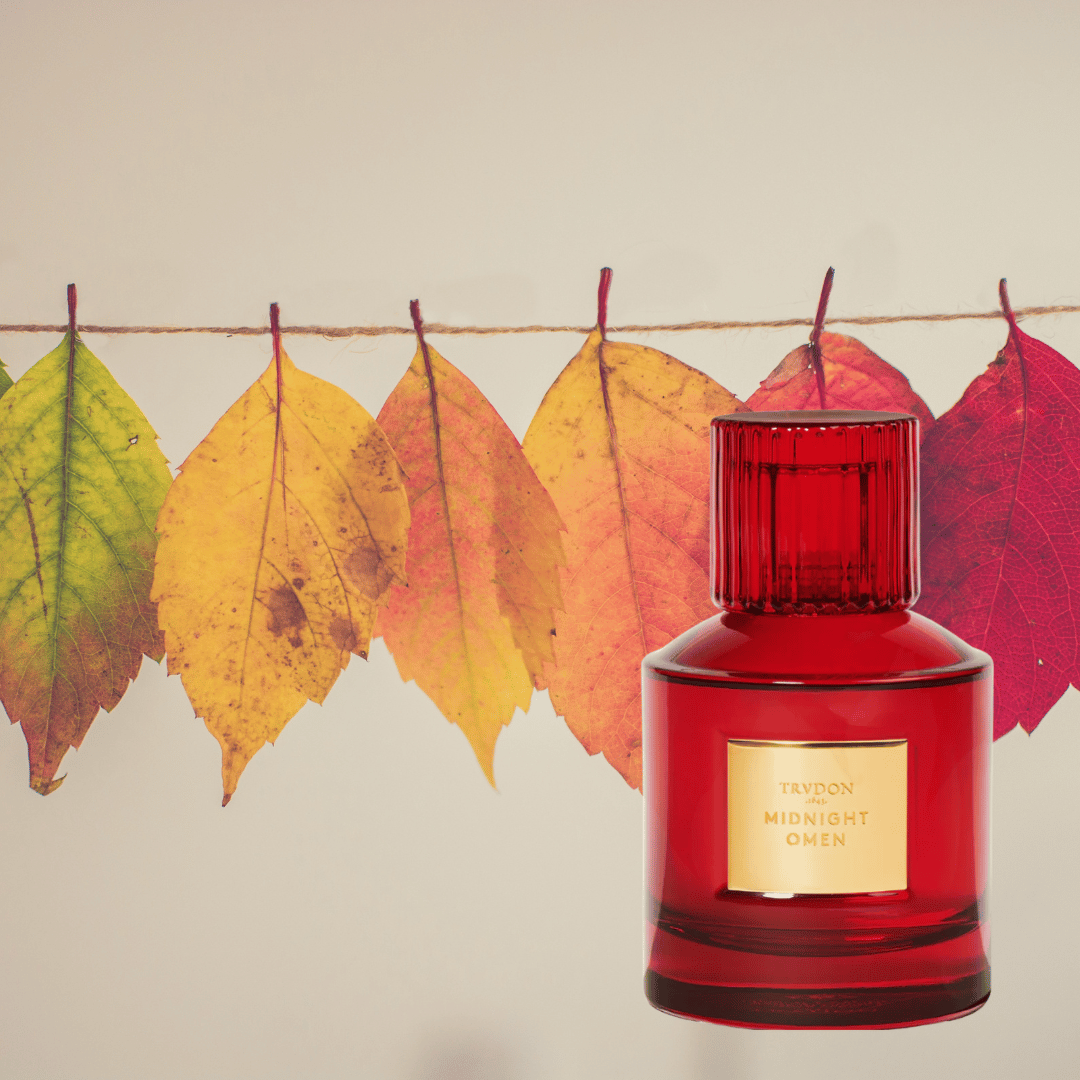
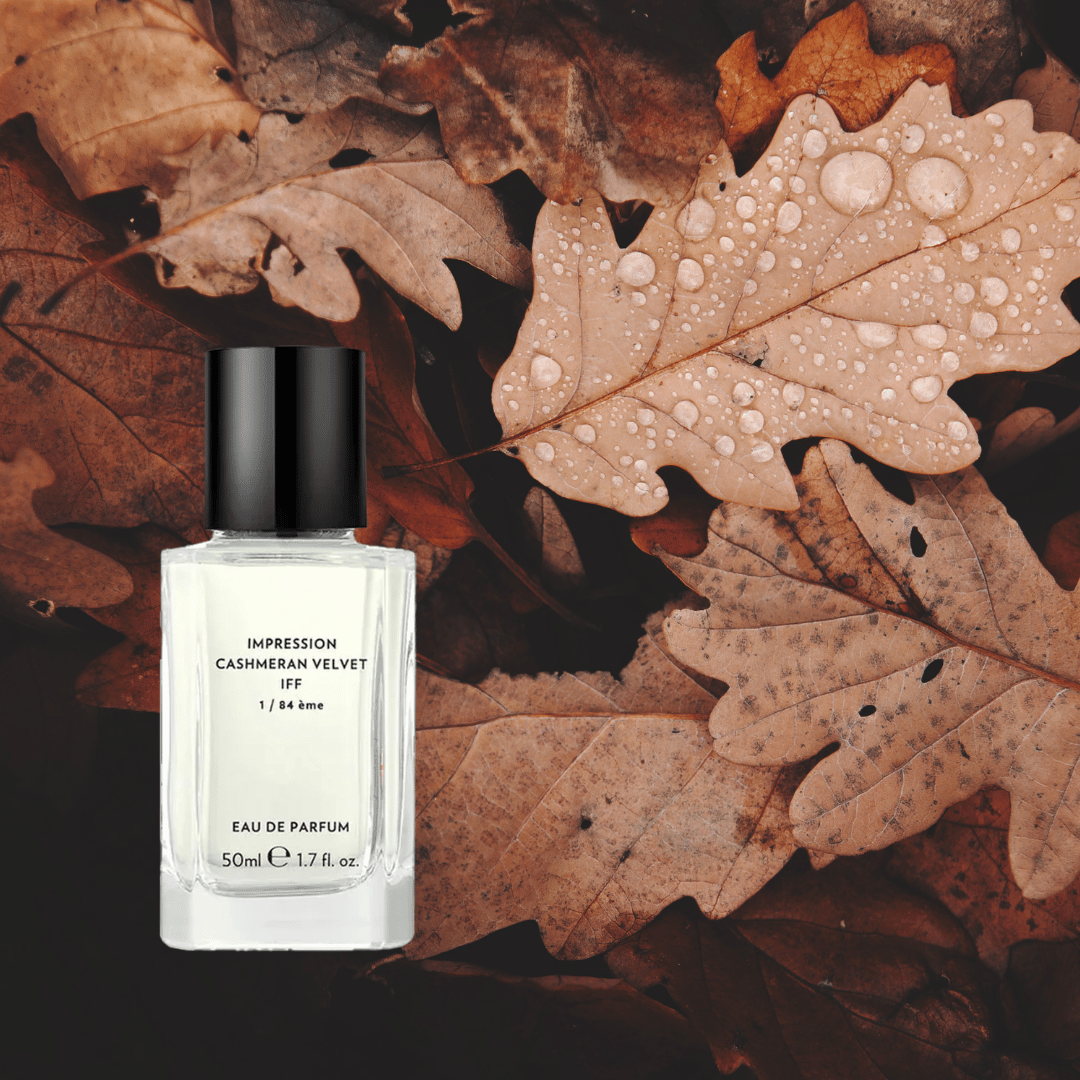


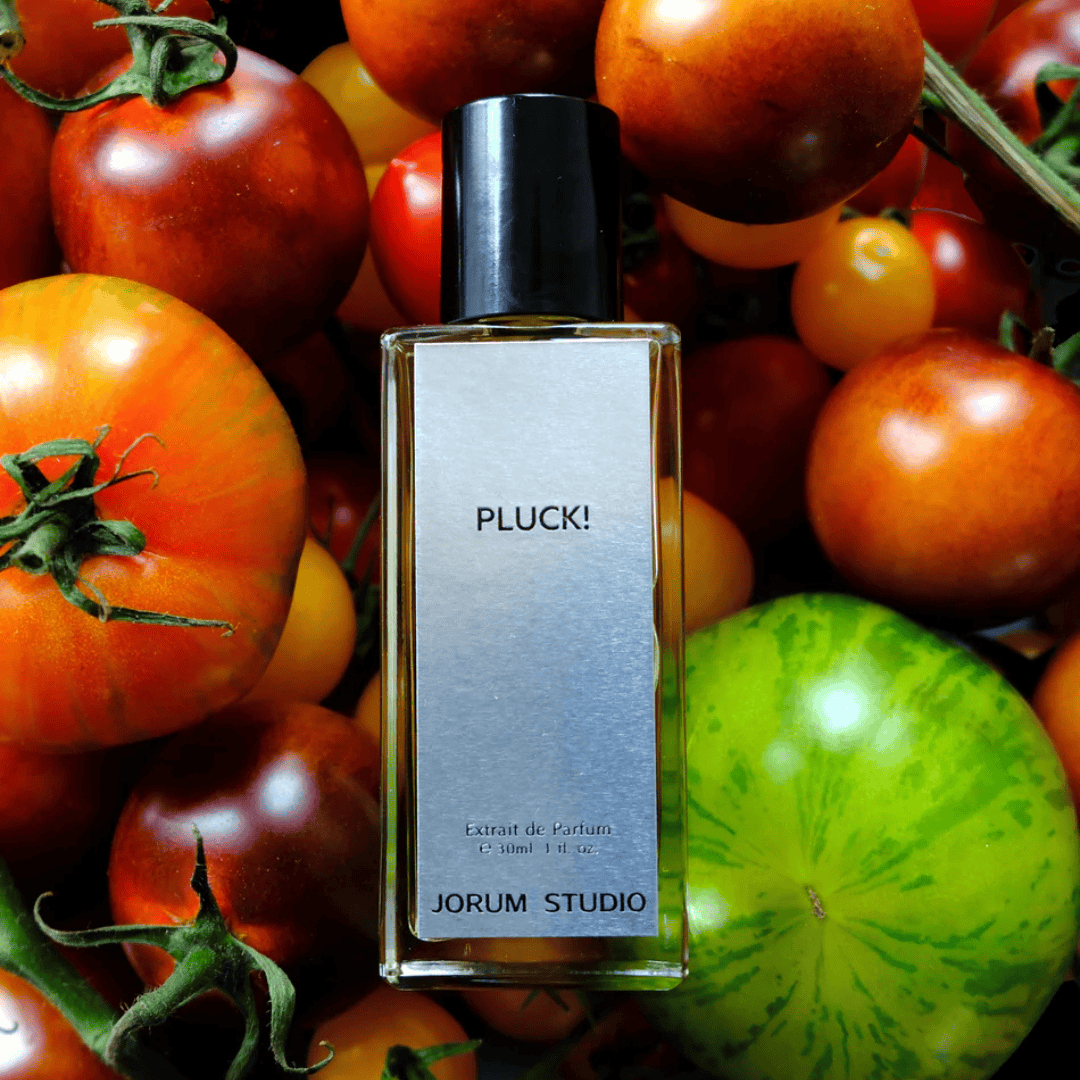
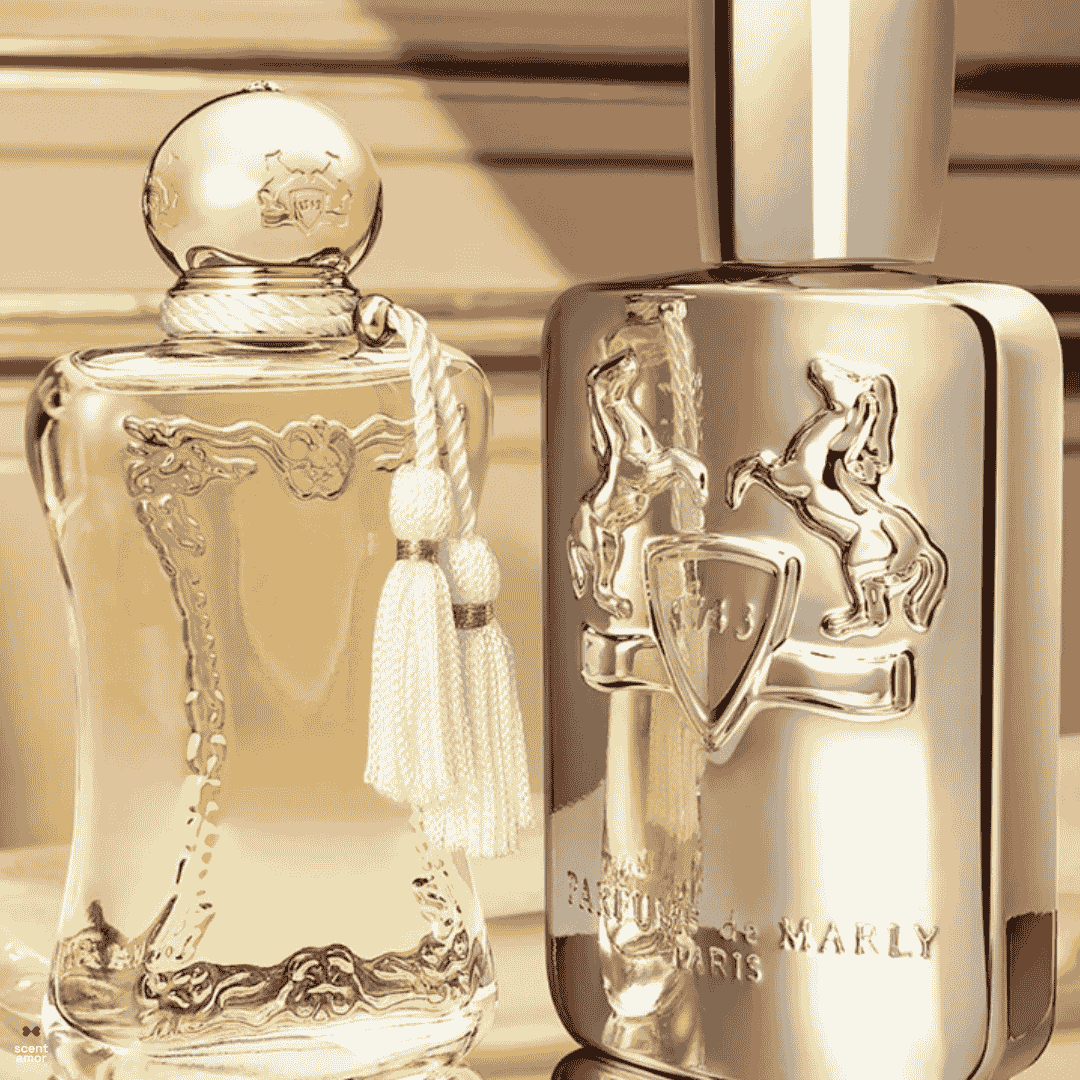

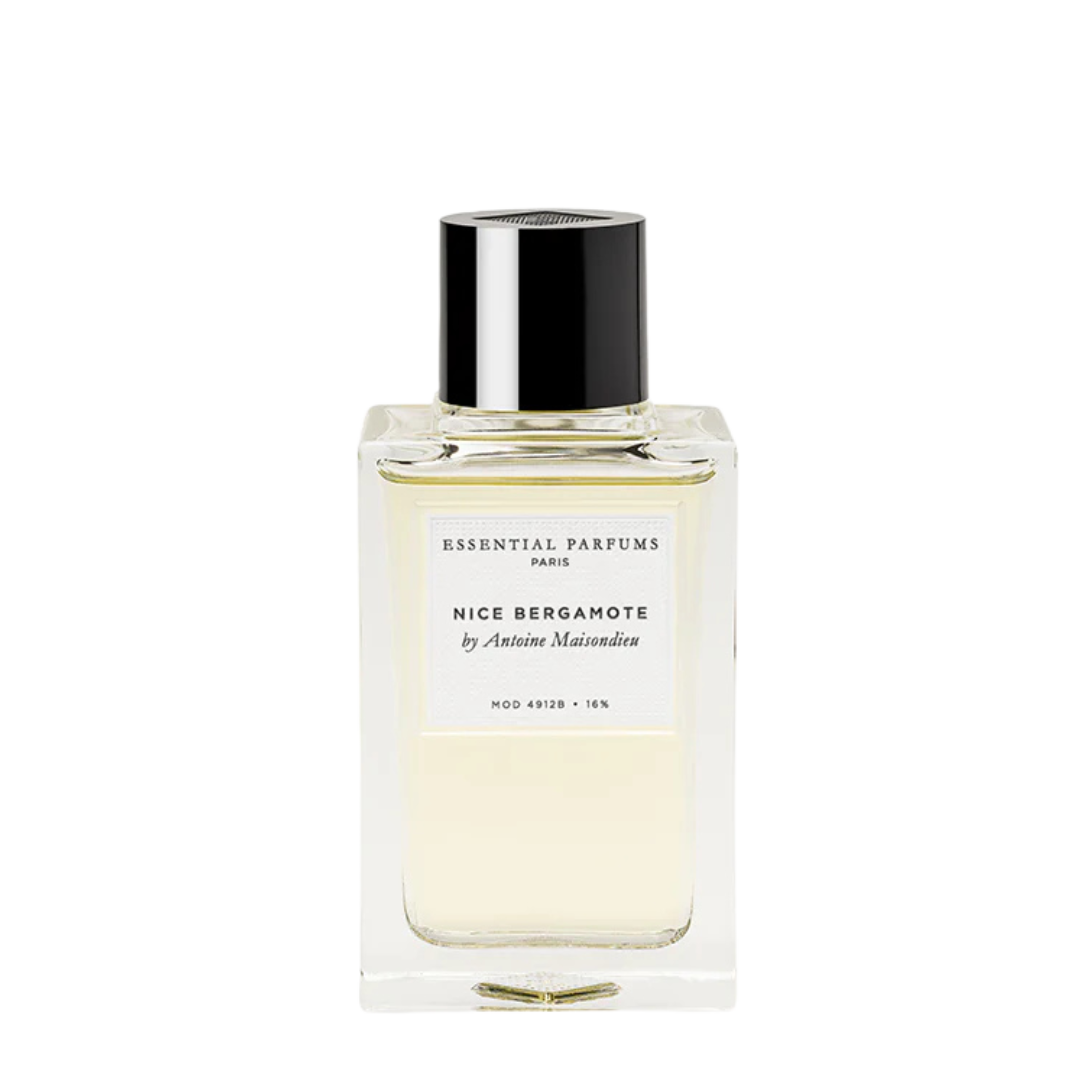
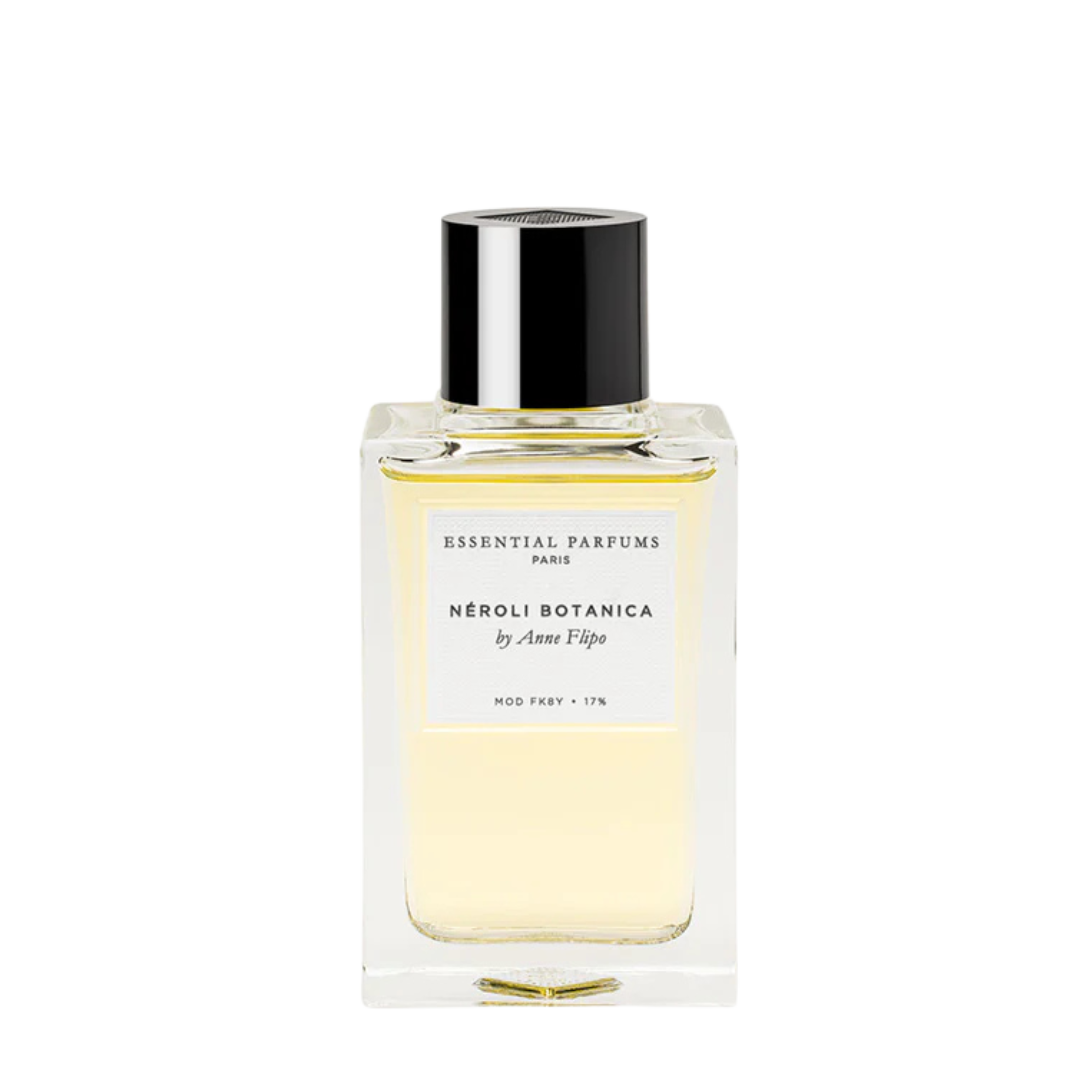
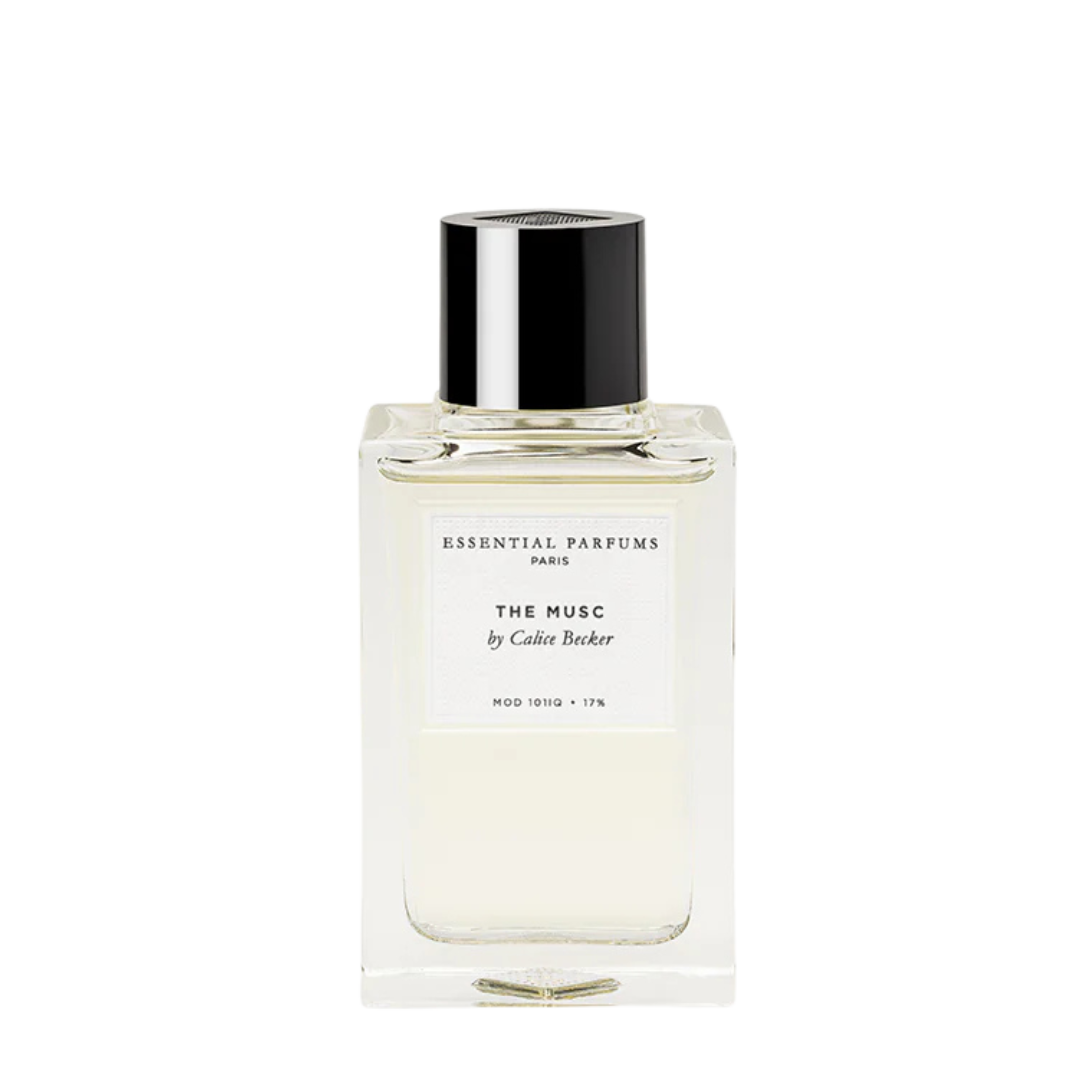
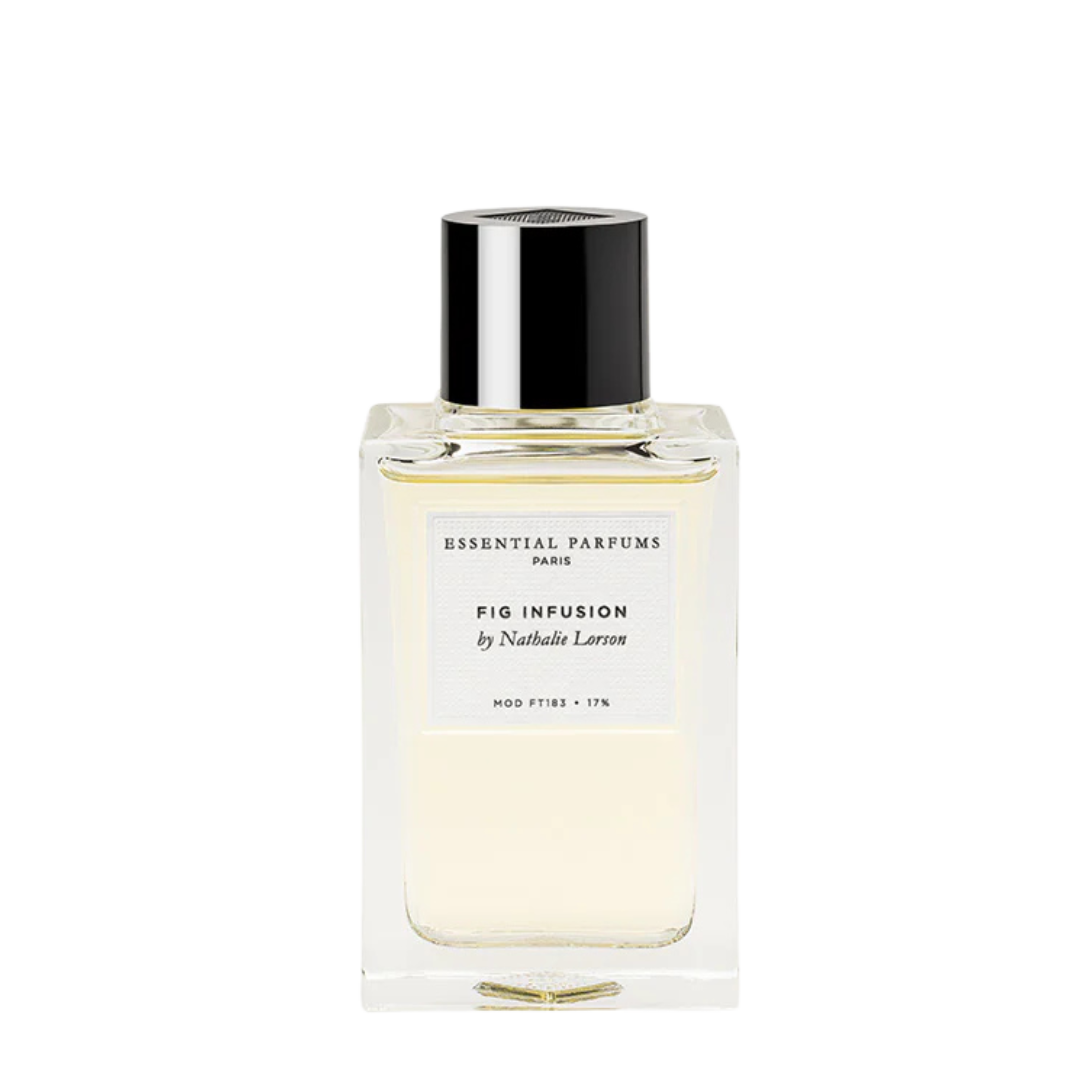
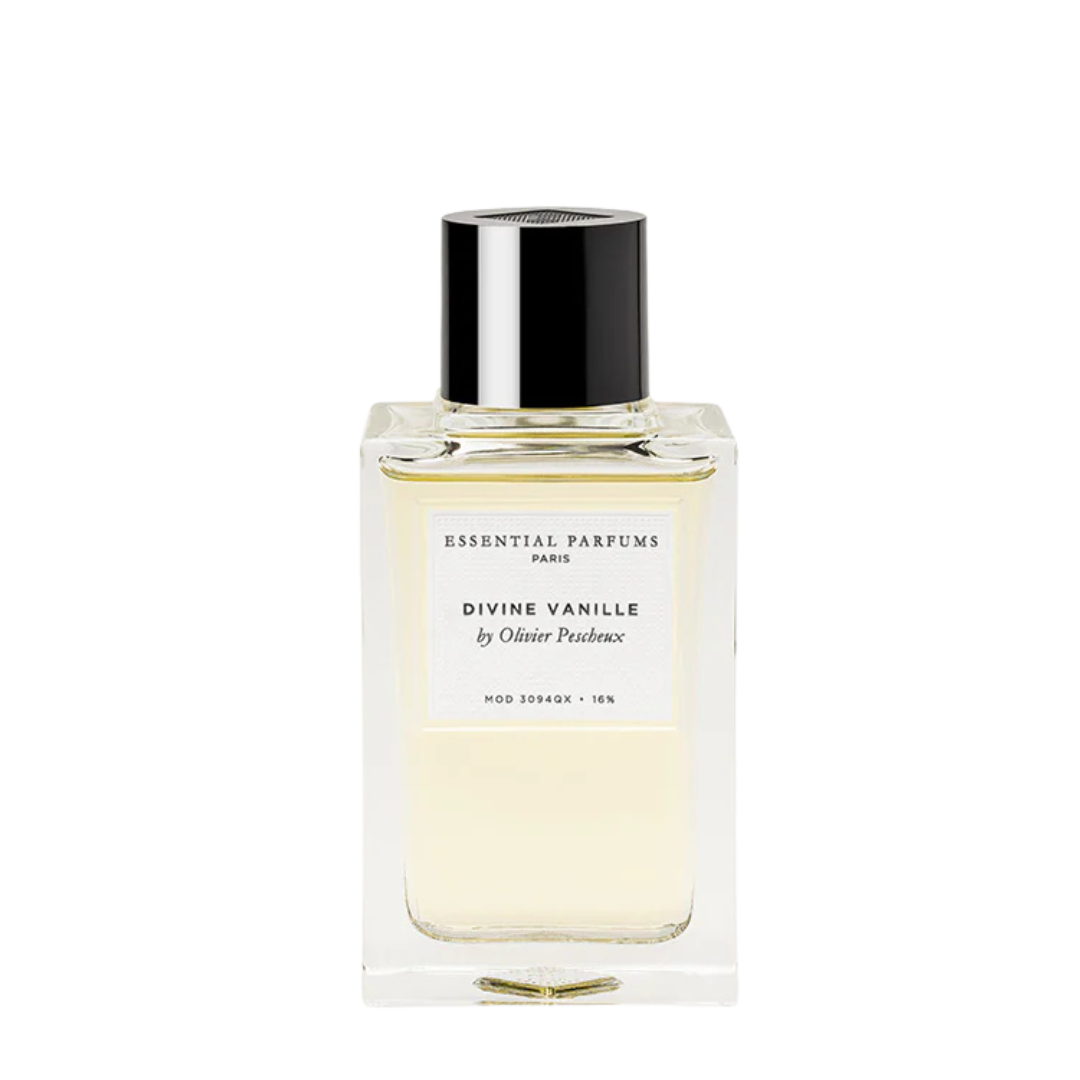
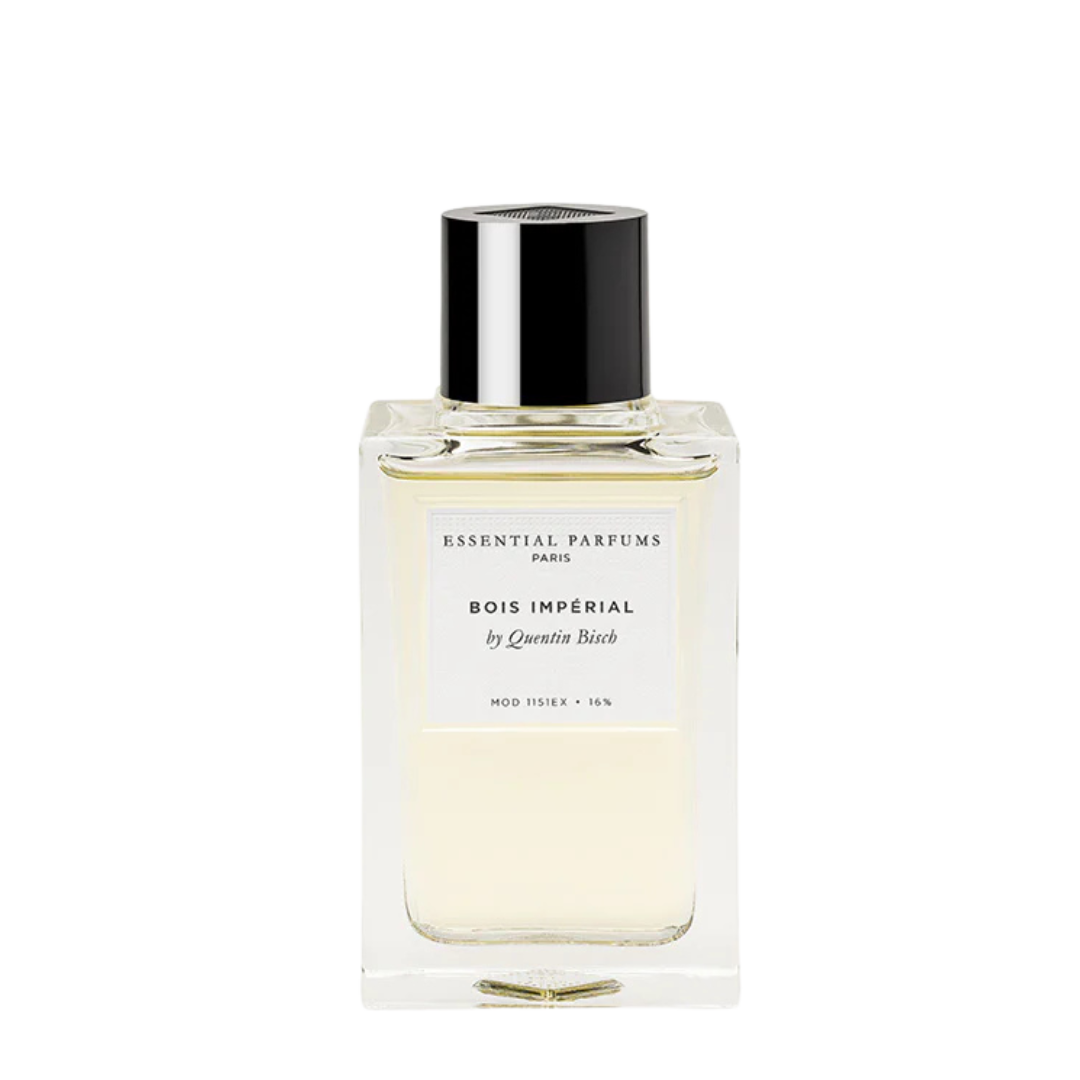
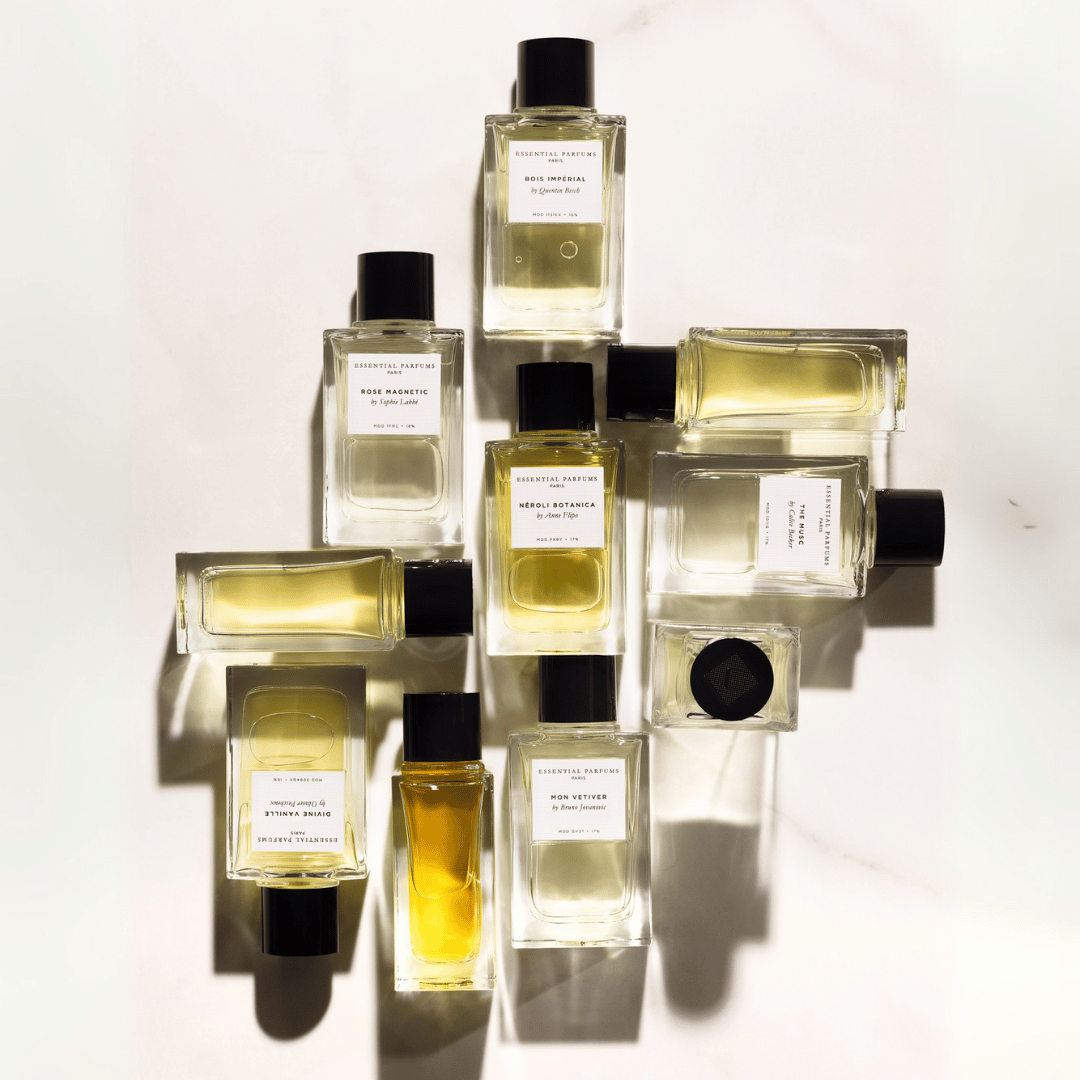


Leave a comment
All comments are moderated before being published.